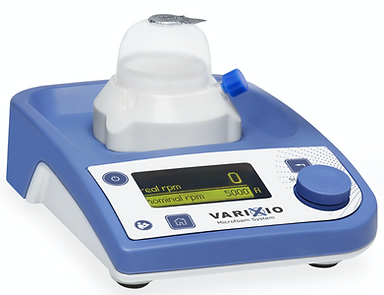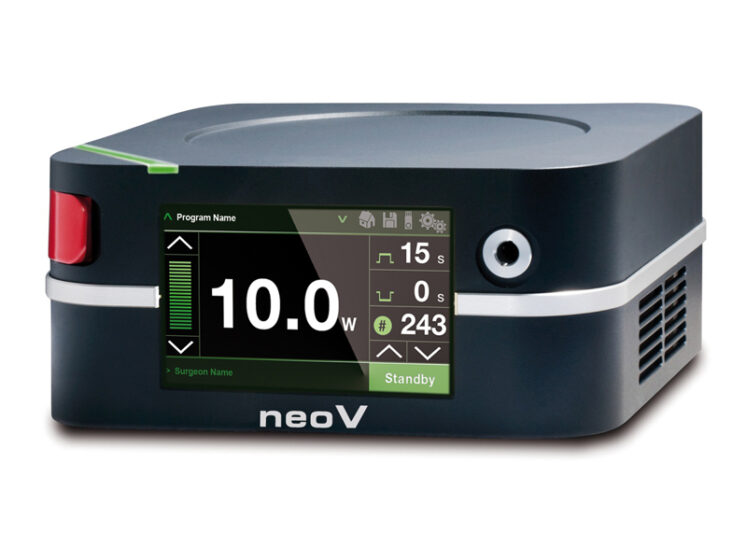Minimally-Invasive, Painless Treatment for Varicose Veins
Using ultrasound guidance, our interventional radiologists perform hundreds of painless procedures each year to treat varicose veins.

Overview
Varicose veins are enlarged superficial veins of the legs that look like twisted, bulging chords under the skin. Normal functioning veins contain one-way valves that help push blood forward from the feet to the heart. Varicose veins occur when these one-way valves no longer function, allowing blood to flow towards the feet due to the effects of gravity. The blood begins to pool within the veins and over time the veins dilate and lead to symptomatic varicose veins. More importantly, varicose veins are a sign of chronic venous insufficiency. If left untreated, this can lead to throbbing leg pain, swelling, leg fatigue, skin changes, blood clots (deep vein thrombosis), restless leg syndrome and venous ulcers.
Aside from obvious cosmetic issues associated with varicose veins, they can be painful and, when left untreated, sometimes lead to health issues. Spider veins, which resemble a spider or spider web, are a mild variation of varicose veins.
Women are more prone to varicose veins than men, as are people with a family history of varicose veins, older people, people with excess weight, and people who spend a large part of their day on their feet.
Symptoms & Diagnosis
Varicose veins may not cause any pain. Signs you may have varicose veins include:
- Veins that are dark purple or blue in color
- Veins that appear twisted and bulging, often like cords on your legs
When painful signs and symptoms occur, they may include:
- An achy or heavy feeling in your legs
- Burning, throbbing, muscle cramping and swelling in your lower legs
- Worsened pain after sitting or standing for a long time
- Itching around one or more of your veins
- Skin discoloration around a varicose vein
Chronic venous insufficiency can affect anyone, regardless of age, gender, or race. Women over the age of 50 and those who have had children are more likely to develop signs and symptoms of venous disease. The disease is often hereditary and can affect several members of the same family.
Factors that may increase your chances of developing venous insufficiency and varicose veins include:
- Family history of varicose veins
- Occupations that require prolonged standing
- Excess weight
- Lack of exercise
- Current or previous pregnancies
Diagnosis
A physical examination, mainly visual, by a doctor will help determine whether or not a person has varicose veins. The person will be asked to stand while the doctor checks for signs of swelling.
A doctor may also order a doppler test, also known as duplex ultrasound. The technician may perform one or both forms of this test. These are grayscale B-mode ultrasound and color-flow doppler ultrasound.
Gray scale B-mode ultrasound shows the anatomical structure of the veins. By contrast, color-flow doppler ultrasound provides color images of the structure of veins and measures the speed of blood flow.
A person may also be asked questions about the symptoms. In some cases, a doctor may refer them to a vascular specialist.
Treatment
The Endovascular & Interventional procedures performed for Varicose veins treatment are
Endovascular laser venous treatment (ELVT)—also called endovenous ablation—is a painless procedure developed by interventional radiologists that uses radiofrequency or laser energy to close abnormal veins. With a 98 percent success rate, the long-term results of EVLT are equal to or better than results for surgery (such as vein stripping), microphlebectomy (the removal of a large or medium sized varicose vein through a tiny incision in the leg), and sclerotherapy. EVLT causes little-to-no post-procedure pain or scarring. This procedure is most effective for large veins that are relatively straight.

We perform EVLT in our interventional radiology suite. Using ultrasound guidance, we insert a tiny fiber-optic probe into the varicose vein through a catheter. This probe transmits laser energy to the affected vein. The laser energy kills the diseased tissue in the varicose vein, causing the vein to close and eventually be reabsorbed by the body. The procedure usually takes between 45 minutes to one hour, and you will see results over the following weeks and months.
Sclerotherapy is a minimally invasive procedure used to treat small diseased or cosmetically undesirable veins close to the surface of the skin. The physician injects a liquid called a foam sclerosing solution into the diseased vein, which causes an inflammatory reaction in the tissues lining the veins. As a result, the vein closes, blood reroutes to healthy veins, and the diseased vein eventually disappears.

Sclerotherapy is an outpatient procedure, which we perform in our interventional radiology suite. After determining the location and contours of the veins using ultrasound guidance, we use a very fine needle to inject the solution into them. Depending on the size of the area to be treated we may do several injections during your procedure.
Ambulatory Phlebectomy is a minimally invasive procedure that uses a small scalpel or needle to remove varicose veins that lie just beneath the surface of the skin. The procedure consists of several tiny cuts (also called “stab incisions”) in the skin through which the varicose vein is removed piece by piece. The incisions are generally so small that stitches are not required.

Performed in the physician’s office, using local anesthesia, the procedure allows the doctor to remove an affected vein in small sections through smaller openings than vein stripping requires. Phlebectomy is a safe and effective treatment for removing small to medium varicose veins. It is rare to remove spider veins by this method.
FAQ
Your Questions
Answered
Varicose veins are enlarged veins that appear twisted and bulging. They are usually swollen and distended past the skin’s surface. Varicose veins may appear as bluish bumps and cause varying degrees of discomfort. Spider veins are tiny visible vessels within the skin. They most commonly develop on the face and legs.
Traditional treatments
- Hospitalization
- General anesthesia
- Scarring from incisions
- Restricted activity
- Lengthy recovery times
IR Treatment
- Ambulatory Phlebectomy
- In-office procedure
- Local anesthesia
- Virtually no incisions/scarring
- Resume activity immediately
- Minimal discomfort
- Maximal cosmetic result
You will be encouraged to walk immediately after the completion of the procedure.
No. Due to the small size of the catheter insertion point, most patients do not experience any scarring at all.
Immediately… Patients can immediately resume work and almost all normal activities.
Yes. Most insurance companies cover the procedure to treat varicose veins for patients experiencing symptoms. Your physician can discuss your eligibility with you when discussing your treatment plan.

TECHNOLOGY
Devices for IR Procedures

VARIXIO Sclerotherapy
VARIXIO is the most advanced foam preparation system for sclerotherapy of varicose veins. This system provides a CONVENIENT, AUTOMATED and STANDARDISED way to prepare sclerosant foam using polidocanol or sodium tetradecyl sulfate even at very low concentrations.

neoLaser EVLA
State-of-the-art Endovenous Laser Ablation for Varicose Veins-d precise use of energy to coagulate the vein, with minimal impact on neighbouring structures.
Dr Charudutt Sambhaji
Dr Charudutt Sambhaji MBBS, M.D. is an alumnus of Goa Medical College and, is Vascular surgeon & Interventional Radiologist. He has practised and also taught at the KMC Manipal where he was instrumental in setting up The Musculoskeletal Radiology Unit at Kasturba Medical College & hospitals, Manipal, Udupi which performs advanced diagnostic and image-guided musculoskeletal procedures.
- +91 7745 822 446
- appointment@flowclinic.com
- Manipal Hospital Goa, Dr. E Borges Road, Dona Paula, Panaji, Goa-403004
- Amplification by: Amplify-Intelligent Marketing


